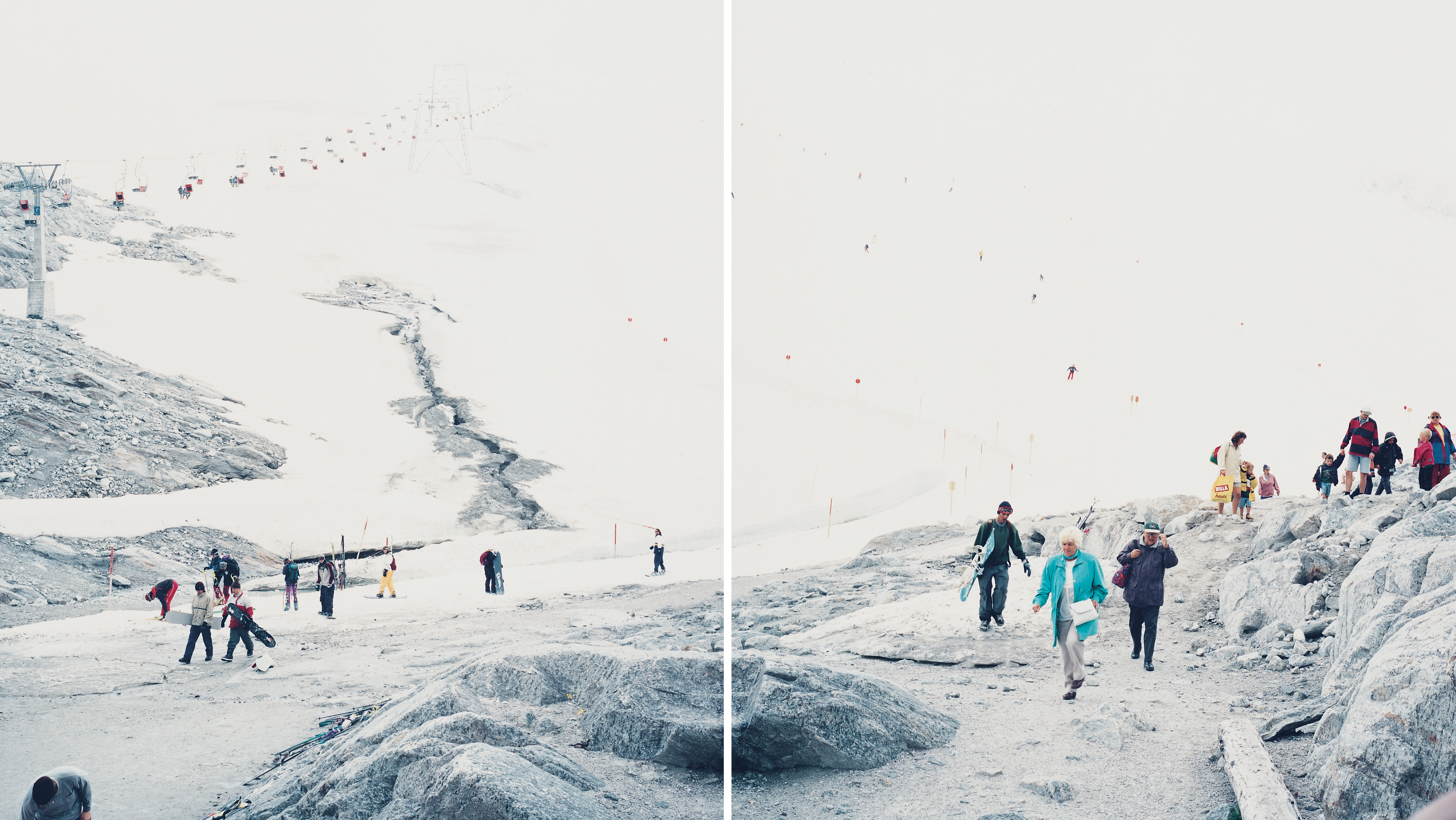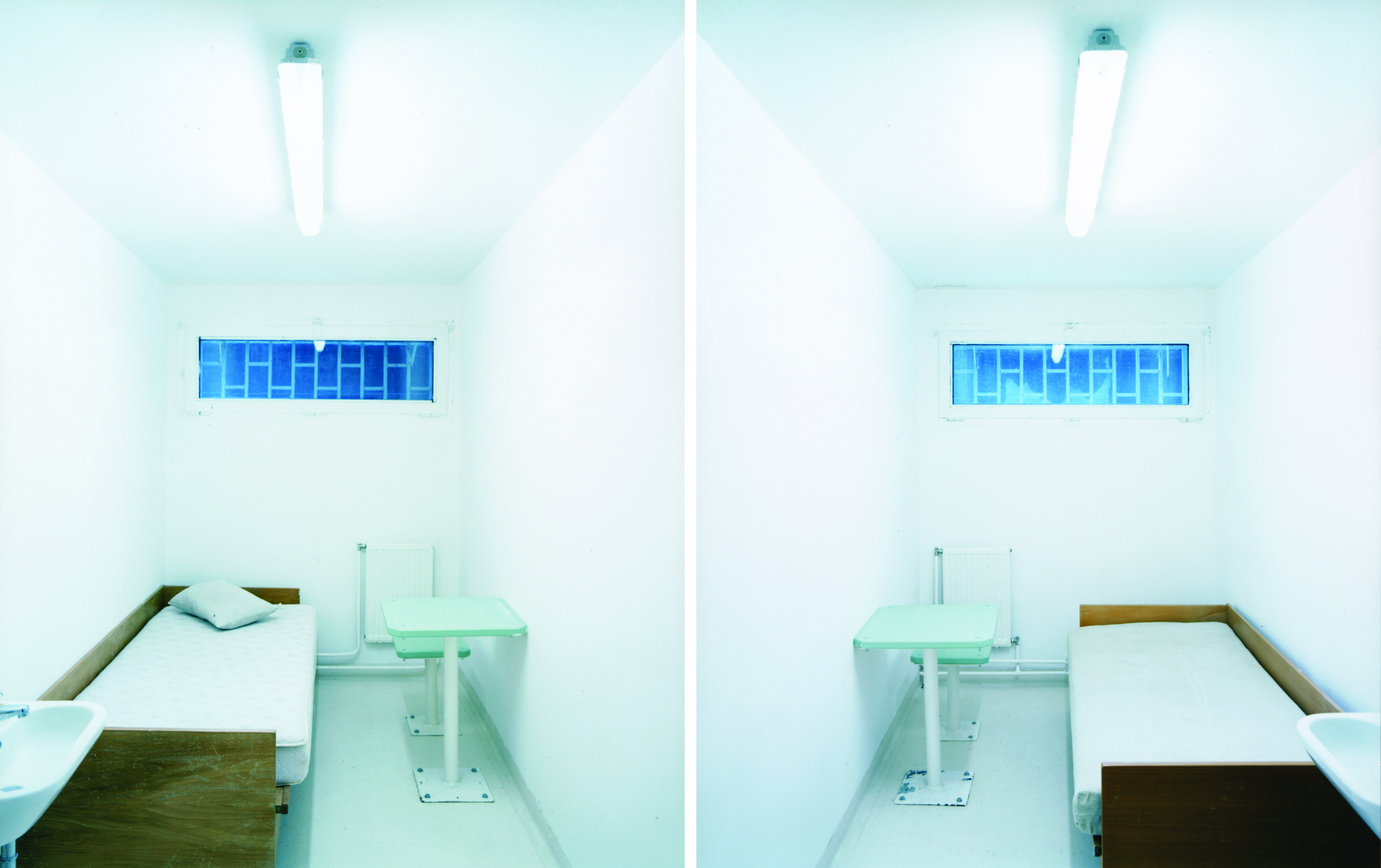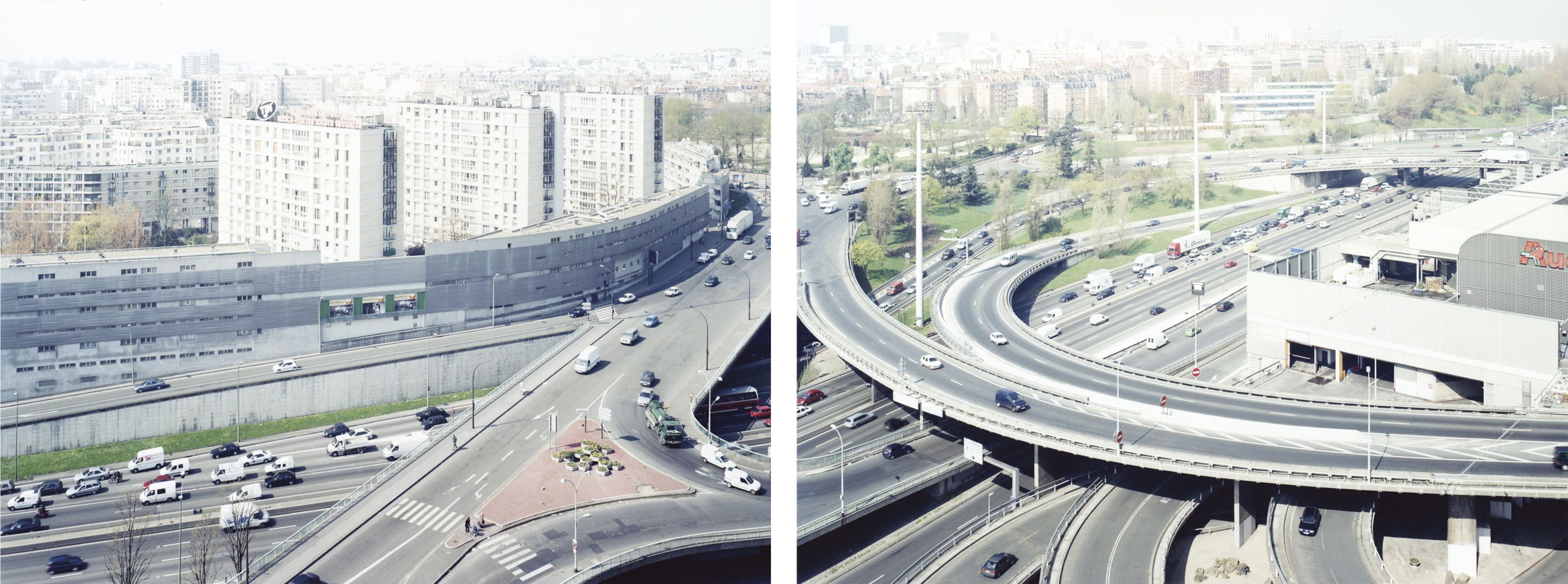Niedermayr, Walter



Born 1952 in Bolzano, Italy, lives in Bolzano
The photos of Walter Niedermayr are proof that photography is deceptive. At first glance, his photos look like real documents of a perfect world, similar to the world of advertisement. Taking a second look, though, it is not so clear. How is it possible that his photos are so vibrant and bright? And where did he get so many people? And what about the buildings that do not seem to fit in to the landscape?
Since 1985, Walter Niedermayr has been photographing the alpine landscape, preferably in the winter. The pristine white of freshly fallen snow suggests purity. Is there still a landscape that has not been touched by humanity? Niedermayr thinks there is not. Humans have irreversibly made their mark on nature, even the alpine landscape. This can be seen everywhere with all of the ski lifts, slopes, and meteorological stations. Niedermayr’s photographs from the series Alpine Landscapes are aesthetically perfect views, but be careful: it is all just a glossy illusion. Although the photos are based on reality, the final results are constructed in an almost fictive manner: the buildings resembling building blocks, as if they just randomly found themselves in this otherwise untouched landscape; the people appearing like puppets in a theatre, foreign not only to the landscape but also to themselves. And what about light and colours—as a rule, Niedermayr photographs a snowy landscape that is itself already glistening, but most of the images are intentionally underexposed so that the landscape seems to be cold and transparent.
Another series of his, Raumfolgen (Space Con-Sequences), also gives a cold, sterile, almost antiseptic impression. It contains hospital spaces: hallways, staircases, hospital rooms, canteens, without the presence of people, though, sometimes, we get a short glimpse of a distant figure. It is as if all forms of life had disappeared from these spaces and were replaced by perfection and an almost painful cleanliness and shine (again exaggerated by the overexposed shots). In addition to hospitals, he was also interested in prisons. In 2003, he took pictures in Berlin Tegel, in Austria’s Stein-Krem and in a youth prison in Gerasdorf near Vienna. Similar to his previous photos, these also emanate a latent threat and a sort of inhuman gloominess caused by cold, insensitive light. It was no accident that one German critic once referred to Niedermayr’s photos as the “typology of coldness”.
